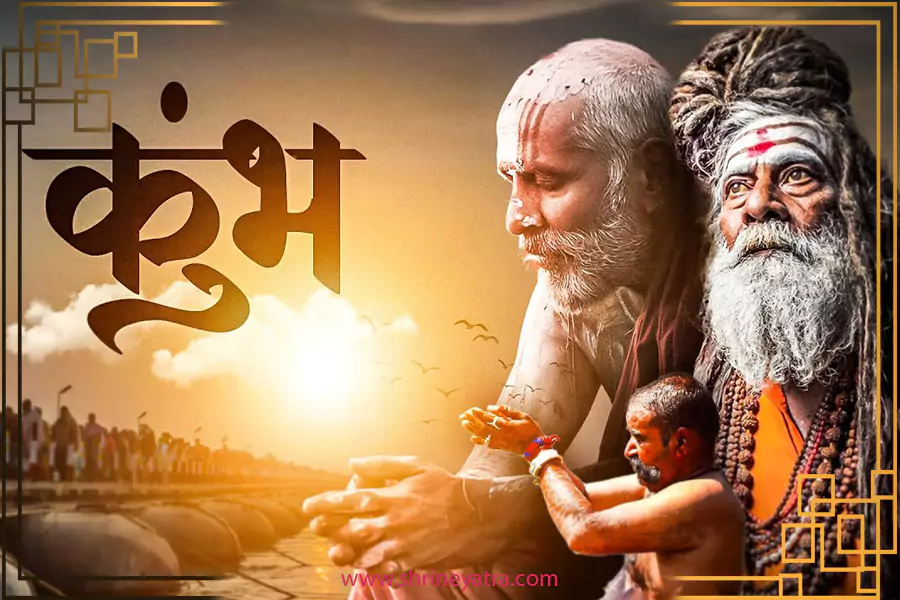Top 10 Interesting Facts About Sabarimala Temple Kerala

Kerala has some of the most famous temples in all of India. But perhaps no temple is as famous as Sabarimala Temple. Millions of Hindu pilgrims visit Sabarimala Temple every year in what is considered to be one of the greatest pilgrimages ever in India. Sabarimala Temple is also one of the best tourist destinations in Kerala. There are so many amazing things about Sabarimala Temple that are still very mysterious. People still do not know many things about this famous temple. Let us know the 10 most interesting facts about Sabarimala Temple in Kerala.
Read More : Kerala Travel Packages1. A God that Practices Celibacy
Would you believe it when we say that Lord Ayyappa, who is worshipped in Sabarimala Temple, is a Brahmachari and a celibate? Sabarimala Temple is based on the rules of celibacy. So strict are these rules that women who are undergoing their menstrual cycle are not allowed to enter the temple. This practice is going on in the temple for the past 1500 years. This means that women between the ages of 10 to 50 are banned from going to the temple.
2. Slayer of Mahishi
One of the most interesting facts about Sabarimala Temple is that the temple is built on the exact spot where Lord Ayyappa killed the demoness Mahishi. Mahishi was the sister of the demon named Mahishasura and had a buffalo’s head.
3. The Strange Mystery of the Number 18
There is a strange connection between Sabarimala Temple with the number 18. This is because 18 hills surround Sabarimala Temple. To reach the temple, you will have to climb 18 steps. The meaning of these 18 steps is also a very interesting fact that is worth knowing. The first five steps represent the five senses. The next eight steps indicate the eight bad qualities that include lust and anger. The next three steps represent the three Gunas. The last two steps are symbols of knowledge and ignorance. It is said that by climbing these 18 steps, devotees can get themselves detached from worldly desires. This mystery about the number 18 has made Sabarimala Temple even more interesting.
4. The Friendship Between Lord Ayyappa and Vavar Swamy
There is a Sufi shrine near Sabarimala Temple, and it is said that you should first visit this Sufi shrine and then proceed to visit Sabarimala Temple. This practice is followed since time immemorial. The connection between these two shrines is even more amazing. The story goes that Vavar was a pirate who came to this place from Arabia. He started looting many places in Kerala. Lord Ayyappa challenged Vavar to fight with him. Both fought and in the end, Lord Ayyappa defeated Vavar. But Vavar was so impressed with Lord Ayyapppa that he became a devotee of Lord Ayyappa. Vavar also helped Lord Ayyappa defeat the demoness called Mahishi. When Lord Ayyappa went to Sabarimala, he asked Vavar Swamy to stay at the shrine near the temple. Since then, devotees of Lord Ayyappa need to take blessings of Vavar Swamy first and then visit Sabarimala Temple.
5. Connection with a Tale from the Ramayana
Sabarimala Temple is very deeply connected with a tale from the Hindu epic Ramayana. It is said that Shabari used to live here among the 18 hills. Shabari was a devotee of Lord Rama who was pleased by her devotion and gave her darshan. Sabarimala Temple is named after this great devotee of Lord Rama called Shabari.
6. 41 Days of Fasting and Strict Rules
Many things about Sabarimala Temple will amaze you. One such fact is that devotees have to do a strict fasting ritual for 41 days before they visit the temple. These 41 days usually commence on November 15 and last up to December 24. These 41 days of fasting are also called Vratham. The rituals are very strict and devotees have to follow many rituals very strictly. For example, they should eat only vegetarian food, practice celibacy, sleep on the floor, and avoid cutting their nails and hair. In addition to this, they should wear a dress which is blue or black. Devotees who want to visit Sabarimala Temple cannot consume alcohol, non-vegetarian food, and tobacco. They have to bathe in cold water twice a day. They should not make use of foul language and swear words in their language.
7. The Strange Ritual of Neyyabhishekam
Neyyabhishekam is a strange ritual that is followed to this day in Sabarimala Temple. In this ritual, ghee is poured on the idol of Lord Ayyappa. The ghee is put in hand-woven cotton bags which are called Pallikettu or Irumudi. The ritual is a symbolic representation of the divine merger of the soul with the cosmic god.
8. Dakshina Runs in Crores
Sabarimala Temple is counted among the richest temples in India. The wealth of this temple is so enormous, that it cannot be even counted. The ‘Dakshina’ of the priests alone amounts to several crores of Indian rupees. The chief priest of this temple draws an income of Rs.52,00,000.
9. Prasadam
The prasadam is the food that is offered to Lord Ayyappa in Sabarimala Temple. This offering is then distributed among the devotees who visit this temple. The leftover prasad is then distributed among the local shops and vendors in Kerala. This prasad is considered to be a delicious local delicacy that is famous across Kerala.
10. Largest Pilgrimages in the World
The annual pilgrimage to Sabarimala Temple is a significant event in India. Around a hundred million pilgrims undertake this epic pilgrimage once a year. There is great devotion among devotees towards Lord Ayyappa and visiting this temple is a wish that they all have. A visit to Sabarimala Temple is said to be a wish-fulfilling one.




